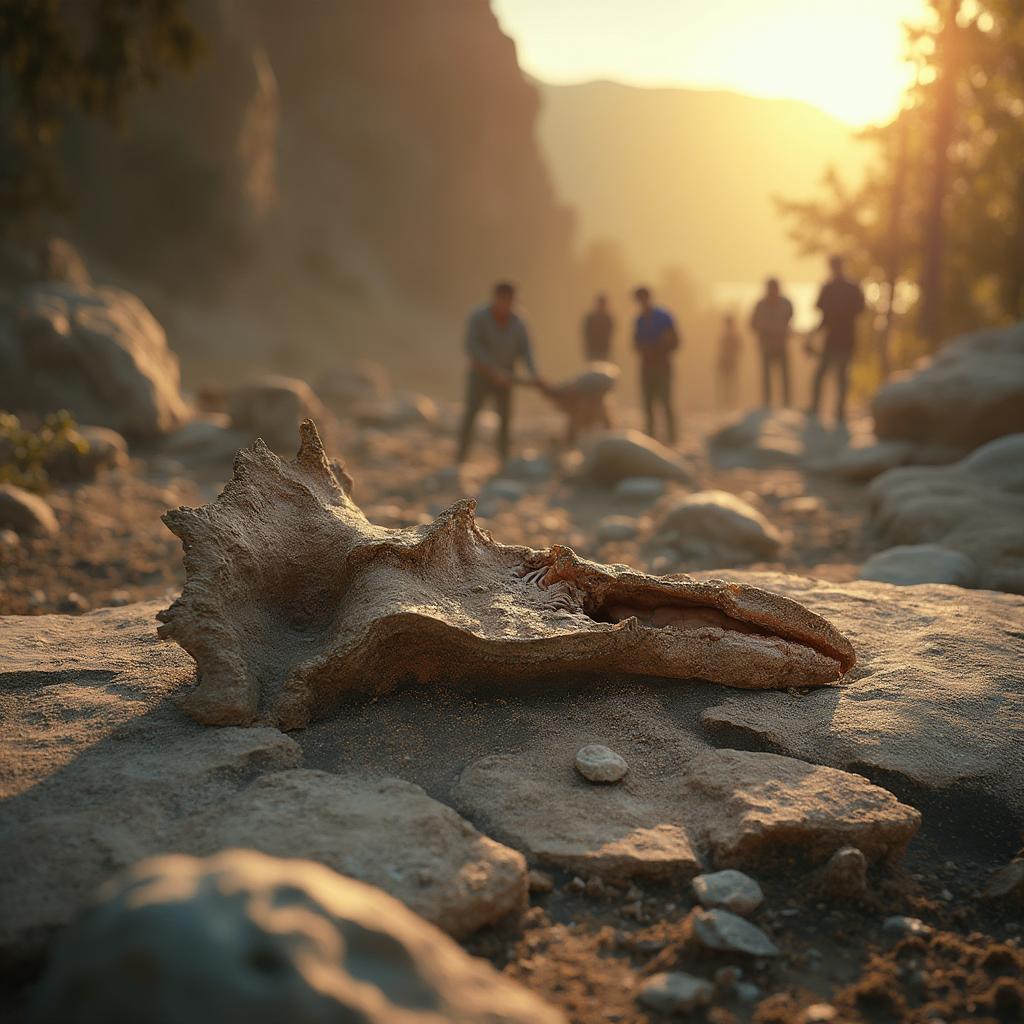
Imagine soaring through the skies millions of years ago, only to become someone else’s lunch. That might have been the fate of a young pterosaur, a winged reptile that shared the Earth with dinosaurs. Scientists recently uncovered a fascinating clue—a puncture wound in a fossilized neck bone that suggests a crocodile ancestor might have taken a bite.
The discovery, made in Alberta, Canada, points to a violent encounter around 76 million years ago. The tooth mark on the pterosaur’s neck vertebra could mean one of two things: either the crocodile snatched it from the shore or stumbled upon its lifeless body for a meal. The fossil is now on display at the Royal Tyrrell Museum in Drumheller, Alberta, giving us a glimpse into the ancient food chain.
Pterosaurs were a diverse bunch, ranging from small to massive, and they lived across the globe for over 150 million years. But their lightweight bones made fossilization rare, leaving scientists with mostly neck and finger bones to study. This makes them a bit of a mystery, as experts try to piece together their lives and habits.
Interestingly, we know more about what ate pterosaurs than what they ate themselves. This latest find adds to just a handful of fossils showing these flying reptiles were on the menu for predators. For example, a similar neck bone with crocodile-like tooth marks was found in Romania, and a velociraptor in Mongolia was discovered with a pterosaur bone in its stomach.
The neck vertebra in question was unearthed by students during a dig in 2023 in Alberta’s Dinosaur Park Formation. This area is so packed with ancient remains that, as one researcher put it, “you literally can’t walk without stepping on dinosaur bones.”
This discovery not only adds to our understanding of prehistoric ecosystems but also reminds us that even the mightiest creatures weren’t always at the top of the food chain. Next time you see a bird in the sky, think about its ancient relatives—and the predators they had to dodge.
